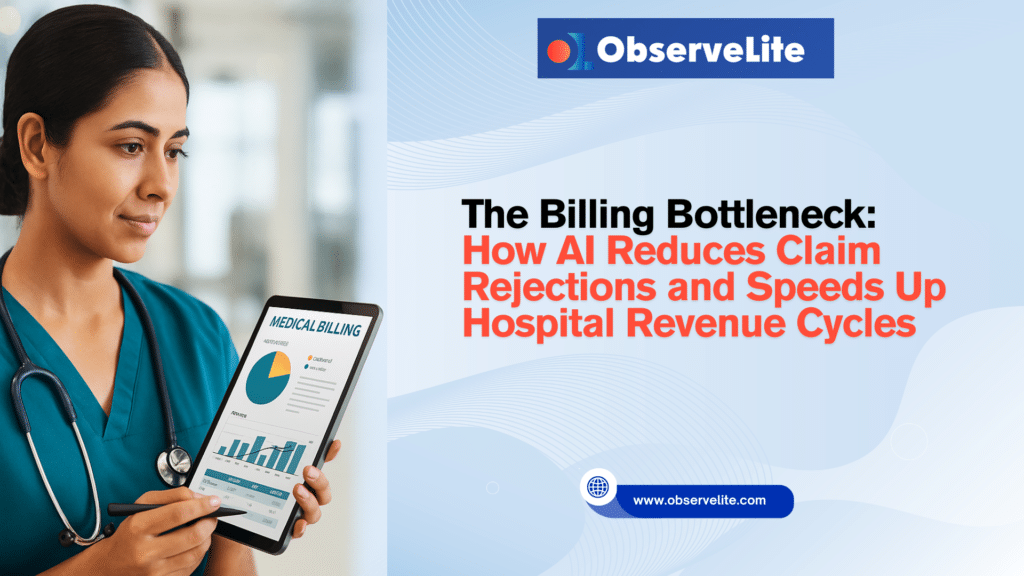Claim rejections are one of the most frustrating bottlenecks in hospital operations. Despite the digital transformation of many healthcare services, the billing process is often still bogged down by manual coding, mismatched data, and payer-specific complexities. For hospitals trying to optimize revenue, even small errors can cascade into major financial setbacks.
In today’s revenue-strained environment, hospitals cannot afford to lose time and money to billing errors. That’s where AI in hospital billing is changing the game—by learning from past claims, catching potential issues in real time, and enabling cleaner, faster submissions.
The True Cost of Billing Inefficiencies
In many hospitals, billing errors remain a hidden drain on resources. Teams rely heavily on human effort to interpret clinical notes, assign accurate CPT/ICD codes, validate insurance, and submit claims—while juggling ever-changing payer policies.
This leads to:
- Frequent claim rejections
- Resubmission loops
- Delayed reimbursements
- Manual follow-ups
- Administrative burnout
Worse still, poor visibility across the billing lifecycle makes it difficult to forecast revenue or identify recurring errors. The result is a leaky revenue cycle, where profits are lost before they even reach the books.
How AI Reduces Medical Claim Rejections
AI brings precision and prediction into the billing process. Instead of reacting to rejections after submission, it helps prevent them from happening in the first place.
Here’s how it works:
- Code prediction: AI scans clinical documentation and suggests correct CPT/ICD codes based on context.
- Eligibility verification: Insurance coverage is checked in real time before services are billed.
- Error detection: AI flags missing information or code mismatches that would likely lead to rejection.
- Payer behavior modeling: It learns from historical claim outcomes and adapts suggestions based on what each payer typically accepts.
- Compliance alignment: AI stays up to date with regulations and payer rule changes automatically.
This level of automation enables hospital revenue cycle optimization from day one.
Smarter Revenue Cycles with Predictive Intelligence
Traditional revenue cycle tools operate on fixed rules and thresholds. AI-based platforms like ObserveLite’s OLGPT go further by constantly learning from data patterns.
Here’s what that looks like:
- Clean claims submitted on the first try
- Denial patterns identified and corrected automatically
- Feedback loops that refine code accuracy and documentation quality
- Dynamic prioritization of high-value claims or at-risk submissions
- Proactive alerts before common errors are made
By improving claim quality and visibility, AI empowers revenue cycle managers to reduce write-offs, improve forecasting, and shorten the cash cycle.
AI in Healthcare Billing Systems: A New Standard
Modern hospitals are transitioning from basic RCM systems to AI in healthcare billing systems that integrate with EMRs and practice management software.
What makes this shift different?
- Real-time sync: AI works in tandem with existing systems to update billing data instantly.
- Multilingual & multimodal processing: AI can understand unstructured text, scanned documents, or physician notes.
- Cross-system learning: Data from labs, consultations, pharmacy, and discharge summaries is used to validate billing entries.
- Workflow optimization: Claims are routed, escalated, or flagged intelligently.
Unlike static templates or outdated claim engines, AI enhances your system’s awareness, helping every department work faster and smarter.
Automated Medical Billing with AI: A Scalable Approach
AI doesn’t just help large hospitals—it scales across multi-site clinics, outpatient centers, and specialty practices. The key is its ability to automate repetitive billing tasks that once needed manual oversight.
Some examples:
- Auto-generating bills from EMR discharge summaries
- Rechecking insurance eligibility after treatment plans are updated
- Auto-submitting claims batches based on custom logic
- Creating audit-ready trails with AI-generated explanations
With automated medical billing with AI, institutions can operate more efficiently without hiring more staff or increasing workloads.
Streamlining Insurance Claims with AI
AI in insurance claims processing brings transparency and speed to one of the most painful parts of healthcare operations. Rather than waiting weeks to hear back from payers, hospitals using AI can track claims in real time, detect issues early, and take corrective action faster.
Benefits include:
- Instant notifications when a claim is underpaid or denied
- Suggested justifications for appeals, based on prior success
- Automated resubmission workflows
- Aging analysis and follow-up reminders
- Data-backed insights into payer performance and patterns
This intelligence leads to fewer surprises—and better control over incoming revenue.
Final Thoughts: AI in Hospital Billing is Mission-Critical
AI in hospital billing is not a luxury—it’s a critical tool for ensuring financial sustainability in modern healthcare. Hospitals that implement AI across their billing and revenue cycle operations can expect:
- Fewer claim rejections
- Shorter reimbursement timelines
- Reduced manual work
- Higher visibility into billing health
- More consistent cash flow
Platforms like ObserveLite’s OLGPT are already helping hospitals eliminate friction from billing, freeing teams to focus on patient care—not paperwork.
If you’re ready to modernize your billing operations with AI, now is the time to act.
Book a live walkthrough of OLGPT’s billing automation capabilities now.


